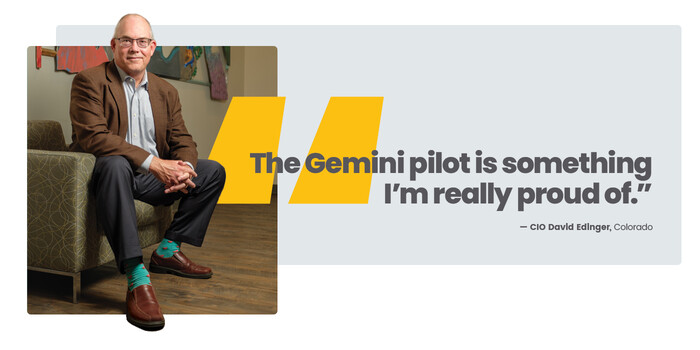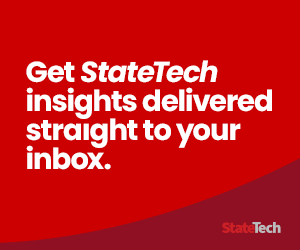STATETECH: You’ve been serving as Colorado’s state CIO for nearly two years. Looking back, what accomplishments stand out most for you?
EDINGER: I’d highlight a few areas. First, our work around artificial intelligence. We’ve been focused on enabling innovation while maintaining responsible oversight — what Gov. Polis calls being “bullish with guardrails.” We’re experimenting with AI in ways that allow us to learn and adapt without putting data privacy or security at risk.
We haven’t had a single breakthrough moment where AI completely transformed operations, but we’ve seen steady progress through incremental improvements. From an operational standpoint, that kind of continuous improvement is powerful.
Another significant area is broadband. Our goal is to reach 99% of Colorado households with high-speed internet by the end of 2027. Right now, about 121,000 households remain unconnected. Our target for this stage was 94.8% coverage, and we’ve surpassed it: We’re at 95.8%. For rural households, where most of the gaps remain, we aimed for 70% coverage and hit 77.7%.
A lot of this success has been fueled by federal funding. Colorado will receive about $825 million from the Broadband Equity, Access and Deployment program, which is a game changer. However, a recent policy directive from the National Telecommunications and Information Administration requires states to make significant adjustments to their BEAD programs. For us, that means re-awarding grants based on new criteria. It adds complexity and creates some uncertainty about how we’ll hit our connectivity targets.















